Fantastic Veggies and Where to Find Them

Move over, peas, carrots and corn; there's some new veggies in town. If you're having trouble getting your Daily Five (that is, the five servings of fruits and vegetables recommended by the U.S. Department of Health and Human Services), you might want to swap out your old stand-bys to revamp your diet. We've got just the veggies for you.
Renkon (Lotus Root)
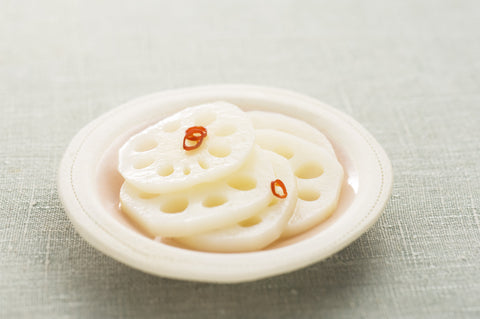
The lotus or water lily is a common motif in many Asian cultures, including China, Japan and India. Revered for its beauty, it is also thought to have medicinal uses as well. However, you might be surprised to find that the stem (often called the root of the plant) of the lotus is not only delicious, but is extremely versatile and can be deep-fried, boiled, steamed, or added to a soup or stir-fry. The root has a crunchy, starchy texture that softens when cooked and when it’s cut horizontally, the distinctly-shaped slices resemble the wheels of a wagon.
Lotus roots are in season during the fall, but may be available year-round depending on where you live. Often your local Asian grocery foods store is the best bet for finding the root.
Taro
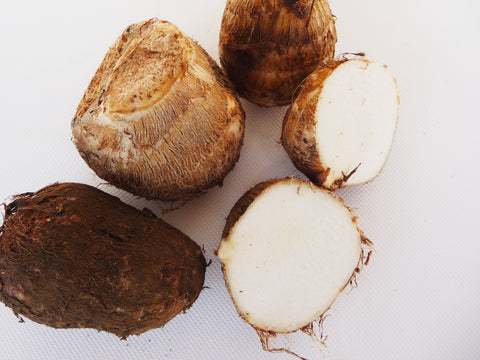
You may be used to seeing this word at your favorite ice cream store or tea shop, but to many people, taro is still a mysterious ingredient used to make things purple.
Taro grows all over the world and comes in many different varieties, but the kind you may be familiar with is the purple variety often found in Southeast Asia. The taste of taro is often described as mild and “nutty”, making it a versatile ingredient that is popular in both sweet and savory dishes. Japanese taro is is known as satoimo and is similar to the lotus root in appearance and texture (minus the striking wheel pattern, of course), although satoimo is thought to be somewhat slimy in texture.
Credit: Namazu-tron under CC BY-SA 3.0, from Wikimedia Commons
Daikon
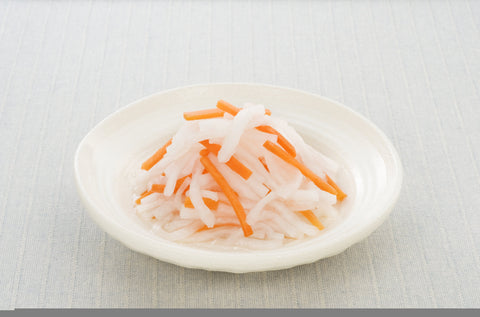
Daikon (literally, "big root") are in more places than you think; they taste delicious marinated in namasu vinegar and make an excellent garnish for salads and sashimi. But daikon radishes are also used in a variety of culinary traditions all over Asia. Daikon itself has a very mild flavor, so it's often pickled or brined to give it a strong taste. In Japan, daikon is a popular ingredient in oden, a one-pot dish where ingredients are cooked in a broth.
In North America, these roots are often known as "icicle radishes" and are not usually grown for food. Instead, they're often grown in the wintertime to prevent soil erosion since their long roots are excellent at bringing nutrients deep down in the soil up to the upper layers.
Nagaimo
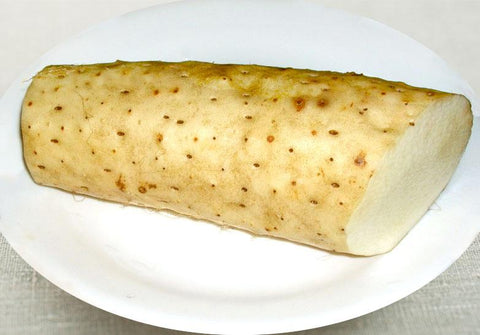
Nagaimo is an admittedly funny-looking tuber, often called yamaimo or "mountain potato", although this can also refer to a distinct species of yam. Nagaimo is another root veggie and like taro, direct contact with the skin can make you feel itchy. Unlike taro, however, this starchy tuber breaks down into a liquid-y substance (called tororo in Japanese) when grated, making it a perfect binding agent for batter dishes such as - you guess it - okonomiyaki!
Nagaimo is also great for stir-fry or chopped up raw and used in a salad; the crispy, starchy texture adds a nice crunch! Nagaimo is also delicious when topped with a nice ponzu or soy sauce to bring out its rich umami flavor.
Kabocha
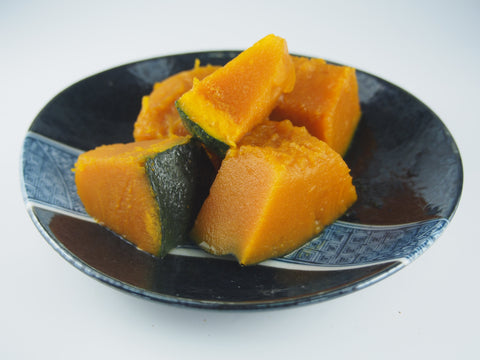
Kabocha, like most of the veggies on this list, isn't quite what most people think it is. Kabocha is often called a Japanese pumpkin, but it's actually a squash that more looks and tastes more like a sweet potato. Also like many of the veggies on this list, kabocha typically is a fall/winter vegetable but is often grown year-round in some locations.
Kabocha is used in a variety of traditional Japanese dishes such as soups, stir-frys, hotpots and okonomiyaki and is given the tempura treatment. One popular dish is kabocha no nimono or kabocha simmered in broth. The veggie's firm, fiber-packed texture means it can hold up to a variety of cooking techniques such as baking, grating, roasting, pan-frying, pickling and just about any other method you'd like to try. Although kabocha has a deceptively sweet flavor, it's packed with a plethora of nutrients like vitamin A, meaning you don't have to feel guilty about indulging.
